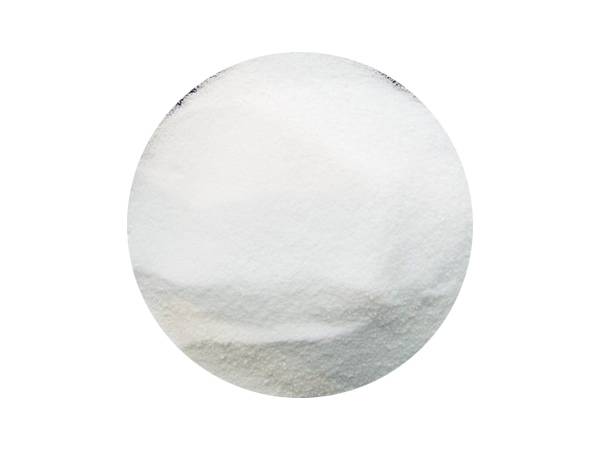



Understanding the Boiling Point of Sodium Bisulfate and Its Applications
Sodium Bisulfate Understanding Its Properties and Boiling Point
Sodium bisulfate, also known as sodium hydrogen sulfate, is a chemical compound with the formula NaHSO₄. This white crystalline powder is widely used in various industrial and household applications due to its acidic properties. Understanding its boiling point is vital for both its practical application and for safety implications in various settings.
Chemical Properties of Sodium Bisulfate
Sodium bisulfate is an acidic salt formed through the partial neutralization of sulfuric acid (H₂SO₄) with sodium hydroxide (NaOH) or sodium carbonate (Na₂CO₃). It is hygroscopic, meaning it readily absorbs moisture from the air, which can affect its storage and handling. Sodium bisulfate is soluble in water, releasing hydrogen ions (H⁺) and contributing to a decrease in pH when dissolved, making it useful in numerous applications, particularly in swimming pools and cleaning products.
Boiling Point Considerations
The boiling point of sodium bisulfate is not straightforward to determine, as it decomposes before it can boil. This thermal decomposition occurs at around 315 °C (599 °F), where the compound begins to break down into sodium sulfate (Na₂SO₄) and sulfur trioxide (SO₃). The decomposition process highlights the importance of thermal stability when handling sodium bisulfate at elevated temperatures.
When discussing boiling points, it’s crucial to understand that for many salts and non-living organisms, the thermal decomposition point is more relevant than a traditional boiling point. The decomposition of sodium bisulfate at high temperatures can produce potentially hazardous fumes, such as sulfur trioxide, which is highly corrosive. Therefore, when considering heating sodium bisulfate for any application, it is essential to maintain controlled temperatures to prevent decomposition and release of harmful gases.
sodium bisulfate boiling point

Applications of Sodium Bisulfate
Sodium bisulfate is primarily known for its role in various industries. One of its most common uses is as a pH reducer in swimming pools. By lowering the pH of pool water, it helps maintain the proper balance, which is crucial for swimmer safety and comfort. Additionally, it is utilized in cleaning products, where it can help in descaling and removing heavy soil deposits given its acidic nature.
Moreover, in the food industry, sodium bisulfate is used as a food preservative and a pH adjuster in certain applications. Its ability to act as a reducing agent makes it a valuable compound in various chemical reactions, including those in the processing of certain pharmaceuticals and textiles.
Safety and Handling
Given the acidic nature of sodium bisulfate and its potential to decompose into hazardous materials at high temperatures, appropriate precautions should be taken when handling the compound. Protective gear, such as gloves and eye protection, is recommended to prevent contact, and proper ventilation is essential to avoid inhalation of any fumes that may arise during its use or decomposition.
In conclusion, while sodium bisulfate is a versatile compound used across multiple industries, its boiling point is defined by its thermal decomposition rather than a traditional boiling process. Understanding these properties not only aids in the safe handling and application of sodium bisulfate but also enhances its effective utilization in practical scenarios. Familiarity with its behavior under various conditions helps ensure its effectiveness as well as the safety of those who work with it.
-
Why Sodium Persulfate Is Everywhere NowNewsJul.07,2025
-
Why Polyacrylamide Is in High DemandNewsJul.07,2025
-
Understanding Paint Chemicals and Their ApplicationsNewsJul.07,2025
-
Smart Use Of Mining ChemicalsNewsJul.07,2025
-
Practical Uses of Potassium MonopersulfateNewsJul.07,2025
-
Agrochemicals In Real FarmingNewsJul.07,2025
-
Sodium Chlorite Hot UsesNewsJul.01,2025










